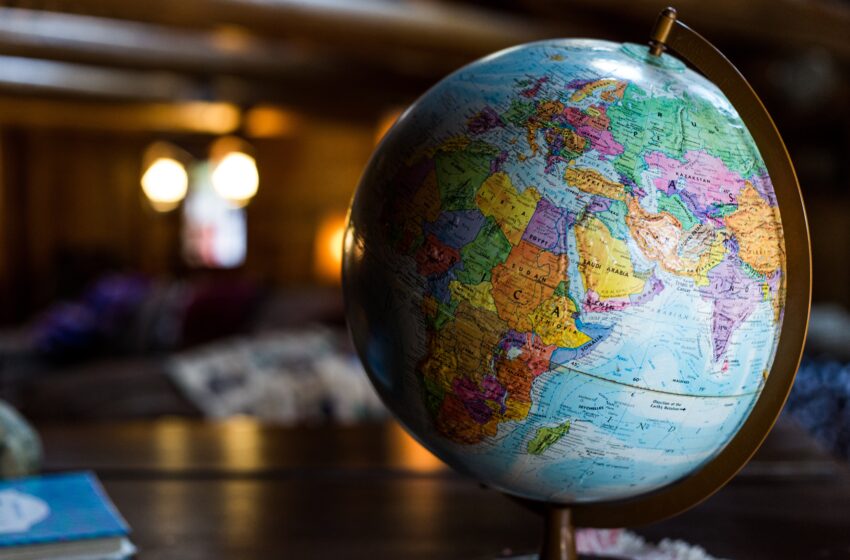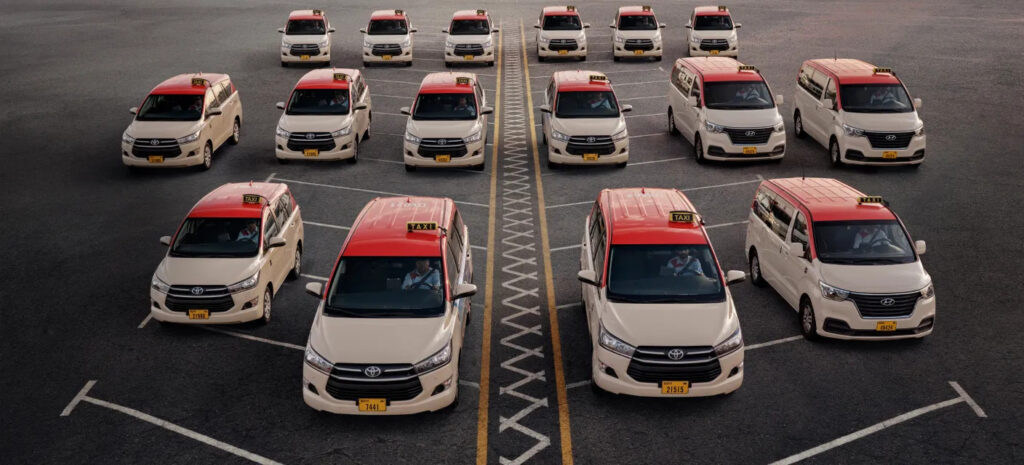
globalbizmag.com
Assets of GCC SWFs Reach $4.1 Trillion by end of 2023
The assets under managements (AuM) of the five sovereign wealth funds (SWFs) in the GCC countries – ADIA, Mubadala, ADQ in the UAE, PIF in Saudi Arabia and QIA in Qatar, stood at $4.1 trillion, and the transaction value, even if slightly lower than in 2022, amounted $82.3 billion in 2023, the Global SWF said in its latest report.
By 2030, the group of 19 Gulf SWFs could reach $7.6 trillion in assets, and if pension funds and the Central Banks are added in the broader MENA region, that figure could peak to $11.2 trillion, the report said.
“Gulf SWFs have reaped the rewards of the fiscal windfalls and recovered quicker than others from the 2022 financial markets debacle. The other reason is the maturity of the investment landscape, with a wide range of players entering domestic and global markets with a level of sophistication never seen before. This has fuelled economic diversification, which is expected to push GCC’s growth to +3.6% and +3.7% in 2024 and 2025, respectively, according to the World Bank,” the report said.
Qatar’s economy has benefitted from the end of the blockade and better relationship with its neighbours. The UAE has undergone profound changes since the demise of Sheikh Khalifa in May 2022. In Saudi Arabia, the rise of PIF is intrinsically linked to the rise in power of its Prime Minister and HRH Mohamed Bin Salman.
The SWF industry in the GCC is anchored by its three largest players that are well over 50 years-old. Kuwait’s KIA (1953), ADIA (1967) and PIF (1971). However, there is no shortage of capital beyond them, and there are always new funds and developments that keep things interesting.
“The inflow of foreign investors working in the region has accelerated, and managers and advisors fly in from around the world every year to attend conferences and meetings, notably between the months of October and March,” the report said.

Domestic IPOs
In the past six years alone, GCC companies have raised $76.5 billion in domestic stock exchanges. This is a staggering figure for the region’s capital markets, which did not enjoy the best reputation in terms of regulatory regime, liquidity, trading volume, and times of operation (given the Sunday to Thursday working week), until very recently.
However, there have been important steps to take advantage of today’s spotlight, and Saudi Arabia’s Tadawul is now the 12th largest stock exchange by market cap, ahead of Korea Exchange and Deutsche Borse.
Almost 70% of the 138 GCC companies that went public between 2018 and 2023 chose the Tadawul. The UAE’s three markets – Abu Dhabi securities Exchange (ADX), Dubai Financial Market (DFM) and Nasdaq-Dubai – saw 24 IPOs, while Oman’s MSX saw eight and Qatar’s QSE, four.
Boursa Kuwait, which is featured in a Netflix show, and Bahrain Bourse have been more disappointing. The pipeline for 2024 appears to be strong, with Prince Alwaleed potentially listing low-cost airline Flynas in Saudi Arabia, and the UAE potentially seeing the IPOs of Spinneys Dubai, and that of Mubadala’s and ICD’s EGA, at last.
A distinctive feature of IPOs in the GCC is that Sovereign Investors are usually behind the selling party, the buying party, or both – sometimes across borders. For example, ADIA and KIA were alleged cornerstone investors in Aramco’s IPO, PIF and QIA bought in shares in the recent listing of OQ Gas (under OIA’s umbrella), and Fertiglobe’s listing in Abu Dhabi attracted Singapore’s GIC, among others. Offerings in the UAE have to keep 5% for the Emirates Investment Authority (EIA), which can choose whether to invest or not, the report added.










